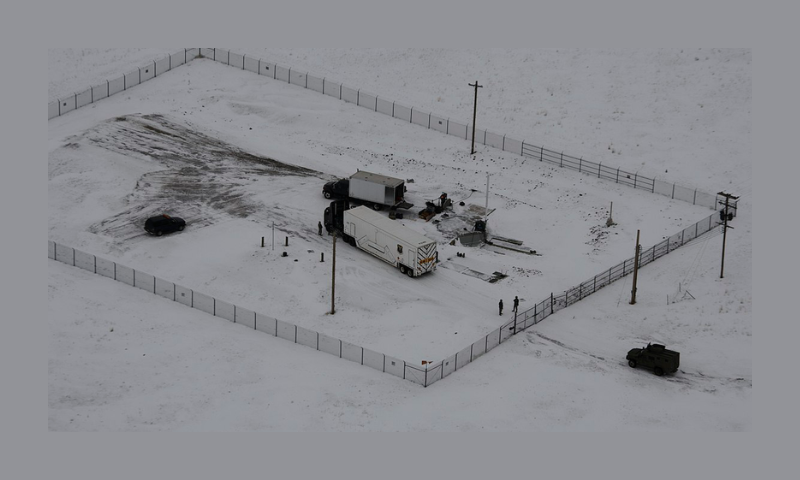Andrew C. McCarthy
National Review, Feb. 6, 2023
“Did the balloon have the capacity to transmit data it was collecting to the regime in Beijing in real time?”
What we are learning about the U.S. response to China’s balloon surveillance is not encouraging. The Biden administration has struggled to explain why the balloon, which was finally shot down off the Carolina coast on Saturday, was permitted to enter American airspace the previous Saturday, and subsequently glide across the length of much of our country for the better part of a week, lingering over such strategic sites as the 341st Missile Wing in Montana, home to scores of U.S. intercontinental ballistic missiles.
The administration’s first stratagem was to claim there was nothing unusual about this — that it had happened at least three times during the Trump administration, as well as on an earlier occasion during President Biden’s term. The suggestion was that Trump officials knew about these incursions but kept them from the public, and thus that the Biden administration should be forgiven for concealing what it knew until that was no longer possible — members of the public having begun detecting the balloon on Wednesday, which generated local and then national media coverage.
That was disingenuous and indicative of a much worse problem. It turns out that there is a gap in American air defenses. On prior occasions, they failed to detect balloon incursions, learning about them only afterwards from other intelligence agencies. Moreover, according to Air Force General Glen VanHerck, commander of NORAD (the North American Aerospace Defense Command), our forces have not yet solved this vulnerability. “I will tell you that we did not detect those threats and that’s a domain awareness gap that we have to figure out,” General VanHerck said at a Monday media briefing, according to the Wall Street Journal. … [To read the full article, clickhere]


